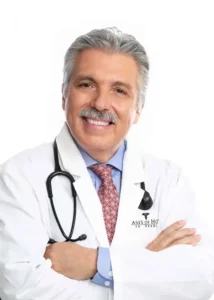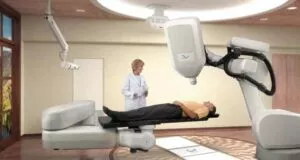What is Stem Cell Therapy?
Bone marrow is a soft fatty tissue that can be found in the bones. The bone marrow is where stem cells are created. Stem cells are the body’s raw materials, they can turn into red and white blood cells (carrying oxygen and fighting infections) and platelets, which in turn help the blood to clot.
In this therapy, stem cell transplants replace cells that have been damaged (due to a disease or chemotherapy) or are used to strengthen the immune system enabling it to fight different types of cancers, as well as other health conditions.
There are 3 Main Types of Transplants:
- Autologous– Utilizing the marrow from the patient’s own body. Through blood and urine laboratory exams, it is possible to isolate proteins, polysaccharides, by-products, neurotransmitters, and microorganisms that can be used to create specific autologous vaccines to reprogram, modulate and stimulate a patient’s immune system response.
- Allogenic transplant – A transplant from another person, with closely matching genes.
- Umbilical cord transplant – A transplant from a newborn umbilical cord.










